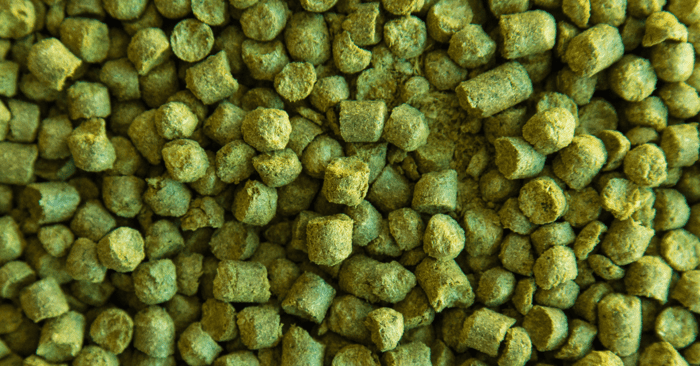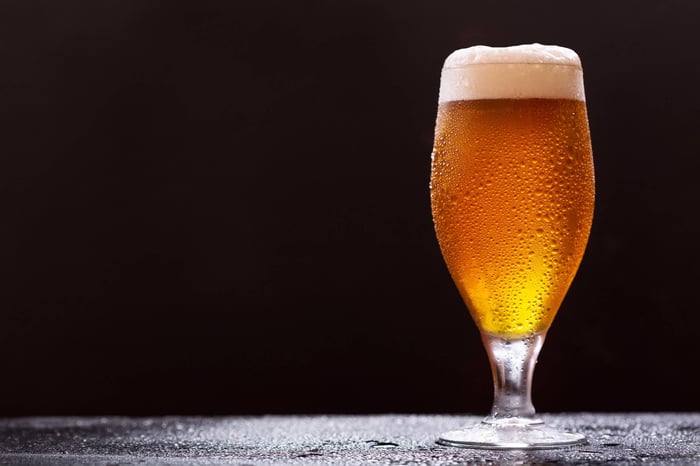Getting that perfect hop punch in your homebrew isn't just about how much you throw in – it's about when and where you add them. We've all been there: you follow a recipe to the letter, but somehow your beer doesn't deliver that bright, aromatic hop character you're chasing. The culprit might be hiding in plain sight: temperature.
Most of us never really think twice about beer temperature during dry hopping. You hit your target gravity, toss in the hops, and hope for the best. But what if we told you that this overlooked variable could be the difference between a decent beer and an absolutely killer one?
The Temperature Experiment That Changed Everything
One of our team members decided to put this theory to the test with a controlled experiment that yielded some pretty surprising results. Using a hoppy black saison as the testing ground, the experiment involved splitting a single batch into three fermenters and taking each down different temperature paths during dry hopping.
The base recipe was straightforward: 50g each of Mosaic and Citra added at flameout, fermented with Belgian ale yeast to create that complex, spicy foundation. When each 6.5-liter batch hit 1.020 specific gravity, 34g each of Mosaic and Citra were added for the dry hop addition.
Here's where it gets interesting. Instead of leaving all three at fermentation temperature, one fermenter was moved to the fridge (48°F), another was put on a heating pad (79°F), and the third was left at room temperature (68°F). Each batch got three days of contact time before bottling.
What Actually Happened (Spoiler: It Wasn't What We Expected)
When tasting time rolled around, our blind taste panel had clear preferences. The cold-conditioned beer absolutely dominated, delivering the most vibrant hop aroma and flavor. The room-temperature batch came in second – similar character but noticeably muted. The heated batch? Let's just say it didn't make anyone's favorites list.
The heated batch lost most of its hop punch, which makes sense when you consider that heat drives off those delicate aromatic compounds we're trying to capture. But the real surprise was how well the cold batch performed.
The Science Behind Cold Dry Hopping
Research shows that alpha acid extraction happens pretty efficiently even at lower temperatures – the difference between 68°F and 39°F isn't as dramatic as you might think. Most extraction completes within 24 hours regardless of temperature. What cold temperatures seem to preserve are those volatile aromatic compounds that make dry hopping so special.
There's another bonus: cold dry hopping appears to help with beer clarity. Those proteins and hop particles that can create haze seem to settle out more effectively at lower temperatures.
Putting This Into Practice
Ready to try cold dry hopping in your next batch? Here's how to make it work:
Timing Your Addition: Still add your dry hops when the beer reaches around 1.020 SG, but immediately move your fermenter to a cooler environment
Temperature Target: Aim for 45-50°F for optimal results
Contact Time: Stick with your usual 3-4 day contact period
Equipment: A fermentation fridge or cool basement works perfectly
Questions Every Brewer Should Ask
Have you noticed differences in your dry-hopped beers based on temperature? What's your current dry hopping routine, and where do you think temperature fits in? We're always curious to hear how fellow brewers approach these techniques.
The beauty of homebrewing lies in these kinds of discoveries. What seems like a small variable can completely transform your final product. Next time you're planning a hoppy brew, consider giving your dry hops the cold treatment – your taste buds might thank you.
Grainfather Team









